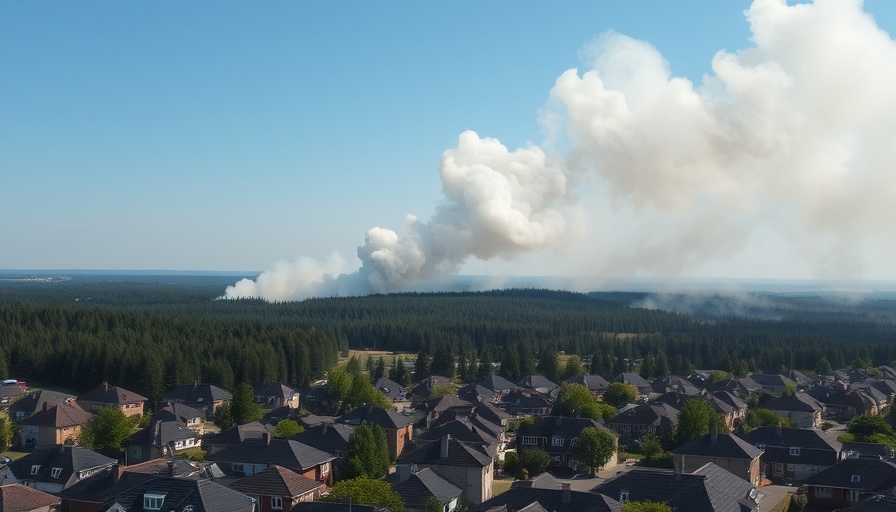
The Wuhan Lab Leak: A Game-Changer in Understanding COVID-19
The recent admission by the White House regarding the origins of SARS-CoV-2 marks a significant shift in the narrative surrounding COVID-19. For years, the prevalent belief pushed by various governmental and health organizations was that the virus emerged naturally. However, with this newly acknowledged possibility of a Wuhan lab leak, a major premise behind the pandemic's origins has been dismantled.
Unpacking the Implications of This Revelation
This revelation does not merely change historical perceptions, but it also raises urgent questions regarding accountability for the events that unfolded. With Dr. Anthony Fauci’s credibility now under scrutiny, the implications extend beyond just a shift in narrative—it could signify the need for comprehensive investigations into lab practices and greater transparency in how significant scientific inquiries are conducted and reported.
Public Reaction and Trust in Science
The acknowledgment of a lab leak as a possible source of COVID-19 has elicited varied reactions from the public. Many feel a sense of betrayal from those who assured them that the virus was of natural origin, highlighting a profound crisis in trust not just in health institutions but in the scientific community at large. As professionals and homemakers alike seek to discern fact from propaganda, this situation underscores the necessity for integrity in scientific communication.
Moving Forward: A Call for Transparency
To rebuild trust, health authorities must adopt a more transparent approach moving forward. The reassurance of open dialogue about research findings and their implications is paramount. This shift could foster a better-informed public who can navigate health challenges more effectively.
Concluding Thoughts
The recent confession from the White House spurs a pivotal discussion on the origins of SARS-CoV-2 and brings forth crucial questions about scientific accountability. As the narrative evolves, it becomes vital for health authorities to communicate transparently and restore public confidence in science.
 Add Row
Add Row  Add
Add 




 Add Row
Add Row  Add
Add 



Write A Comment